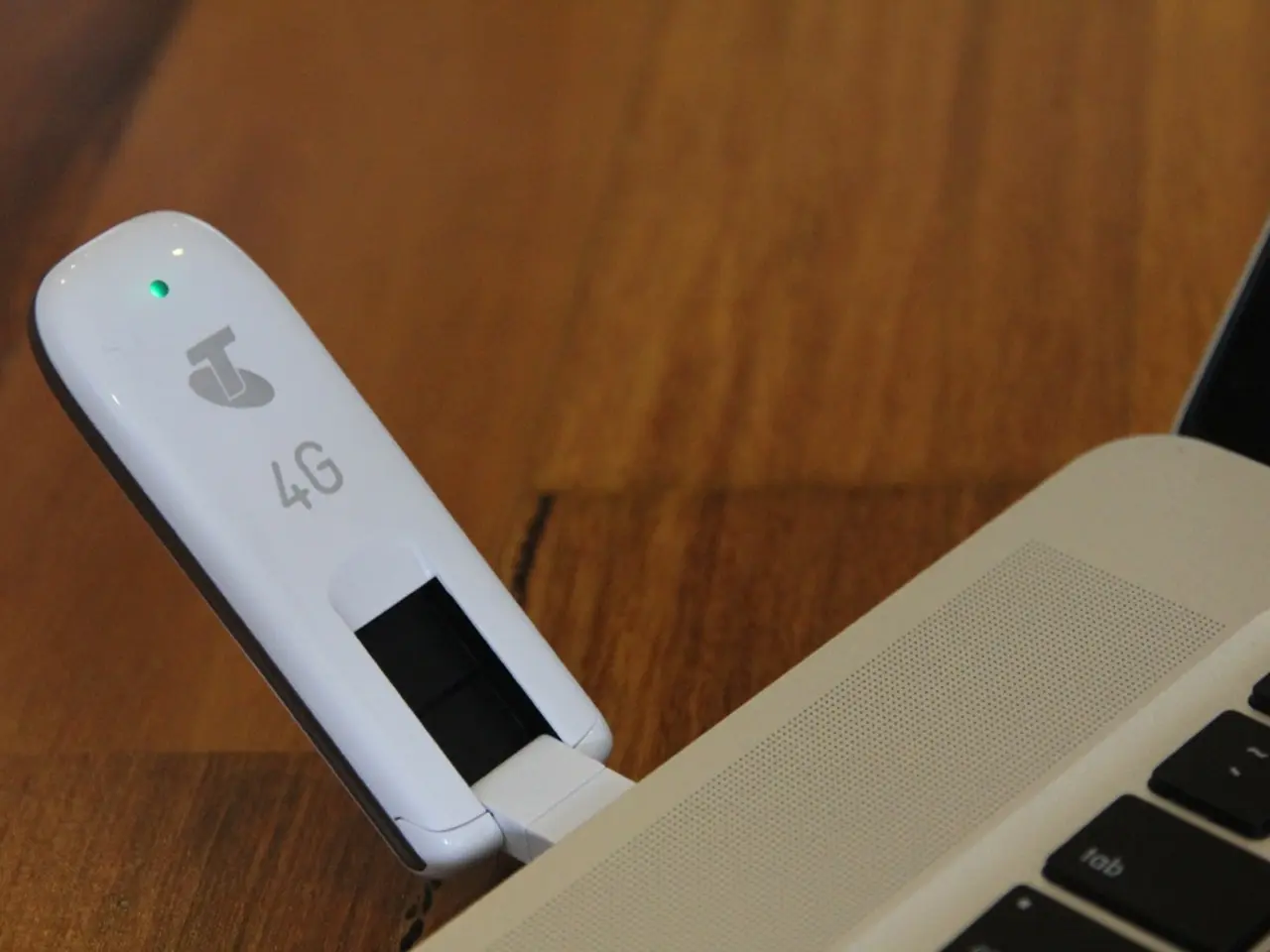Advancements in Dockable eGPU Technology: Bridging the Gap Between Portability and Power
Gaming Laptops Carry a Hidden Advantage over Desktop Computers, Similar to the Switch 2 in Design
Recent advancements in dockable external Graphics Processing Unit (eGPU) solutions are paving the way for a harmonious blend of high-end graphics performance, traditionally confined to desktop graphics cards, with the convenience of plug-and-play devices akin to the Nintendo Switch.
Key Advancements:
- High-Performance Graphics: Modern eGPU docks, such as the Razer Core X V2 and Aorus RTX 5090 AI Box, cater to top-tier graphics cards like the NVIDIA GeForce RTX 5090, delivering desktop-class performance for gaming, creative work, and professional applications [1][3].
- Compact, Portable Designs: Devices like the Asus ROG Ally X, GTBOX G-Dock, and GPD G1 prioritise portability without compromising on performance. The GPD G1, for instance, boasts the title of the smallest graphics card expansion dock, housing an AMD Radeon RX 7600M XT GPU within a sleek, ergonomic enclosure [2].
- Advanced Connectivity: Support for Thunderbolt 4, USB4, and OCuLink facilitates high-bandwidth data transfer, minimising latency and performance bottlenecks. The GTBOX G-Dock, for example, is already planning for Thunderbolt 5 compatibility, promising even greater bandwidth and lower latency for future-proofing [2].
- User-Friendly Setup: Both the GTBOX G-Dock and GPD G1 are designed for effortless setup, with most docks providing necessary cables and connectors, and some featuring innovations like a Total Graphics Power toggle switch for easy performance adjustment [1][2].
- Device Compatibility: These docks are becoming increasingly compatible with a variety of devices, from thin-and-light laptops to handheld gaming PCs like the ROG Ally X and GPD WIN series, enabling users to upgrade graphics performance without replacing their entire system [2][4].
Potential Solutions and Challenges:
Striving for a Switch-Like Experience: Creating a user experience akin to the Nintendo Switch—where docking and undocking is effortless and dependable—requires addressing several technical and usability challenges:
- Thermal Management: Compact eGPU docks must manage heat dissipation effectively. Initial prototypes, such as the Razer Core X V2, have faced thermal challenges, but ongoing development is expected to refine cooling solutions [3].
- Driver Optimization: Ensuring broad compatibility and stable performance across different host devices and operating systems remains a hurdle. Continued driver development and standardization are crucial for true plug-and-play functionality [3].
- Universal Standards: Wider adoption of high-speed interfaces like Thunderbolt 5 and OCuLink will help, but true "Switch-like" ease requires industry-wide standards for hot-plugging, power delivery, and display output.
- Integrated Ecosystem: For a console-like experience, close integration between the handheld device and the dock—similar to the Switch's hardware/software synergy—is needed. Some handheld PCs, like the GPD WIN 4 2025, already support eGPU expansion via OCuLink, suggesting progress in this direction [4].
- Power Supply and Portability: Balancing portability with sufficient power delivery for high-end GPUs is a trade-off. Solutions like removable power supplies (as in the GTBOX G-Dock) offer flexibility, but further miniaturisation and efficiency improvements are necessary for true handheld convenience [2].
Outlook:
The current generation of eGPU docks demonstrates that it is possible to deliver discrete graphics card power in a portable, user-friendly package. However, achieving the seamless, foolproof experience of a Nintendo Switch dock will require further advancements in thermal design, driver support, industry standards, and device integration. As these technologies evolve, we can expect eGPU solutions to become increasingly accessible and reliable, revolutionising the way users approach mobile and desktop computing.
[1] Razer Core X V2: https://www.razer.com/gb-en/store/razer-core-x-chroma [2] GTBOX G-Dock: https://www.gtbox.com/products/g-dock [3] Aorus RTX 5090 AI Box: https://www.gigabyte.com/uk/Product/Accessory/AORUS-RTX5090-AI-BOX [4] Asus ROG Ally X: https://www.asus.com/uk/ROG-Republic-of-Gamers/Handhelds/ROG-Ally/ [5] GPD G1 2024: https://www.gpdwin.com/product/g1/ [6] GPD WIN 4 2025: https://www.gpdwin.com/product/win4/ [7] Ayaneo Graphics Starship: https://www.ayaneotech.com/products/graphics-starship [8] Steam Deck: https://www.valvesoftware.com/en/steamdeck [9] The Next Era of Handheld APUs: https://www.techradar.com/news/the-next-era-of-handheld-apus-could-match-the-performance-of-an-external-graphics-card
- The future of tech-driven gizmos and gadgets may be revolutionized by dockable eGPU technology, as advancements in this field are able to deliver high-end graphics performance typically only found in traditional desktop graphics cards, while maintaining the portability and convenience of plug-and-play devices, akin to the Nintendo Switch.
- The progress of dockable eGPU technology is evident in innovative designs, such as the Asus ROG Ally X, GTBOX G-Dock, and GPD G1, which prioritize portability without compromising on performance, while also focusing on advanced connectivity options like Thunderbolt 4, USB4, and OCuLink for minimal latency and enhanced bandwidth.
- To achieve a seamless, console-like user experience like the Nintendo Switch, advancements are needed in thermal management, driver optimization, industry-wide standards for connectivity, and closer integration between handheld devices and docks, along with power supply improvements for true handheld convenience in the realm of tech and technology.




